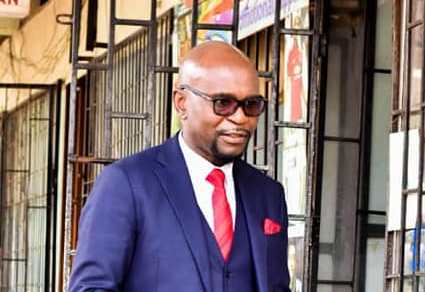Malawians demonstrate: How did we get here?
The remnant shall return, even the remnant of Jacob, unto the mighty GoD. For yet a very little while, and the indignation shall cease, and mine anger in their destruction—Isaiah 10:21, 25
In my Ngoni culture, we have a famous statement about survival which states: Not everybody dies, there is always a remnant.
Thus, the country and all peace-loving Malawians must salute Justice Kenyatta Nyirenda as the man of the moment. His last-minute decision paved the way for Malawians to march and in two days vented their anger at the error of the May 21 2019 Tripartite elections that declared President Peter Mutharika (Democratic Progressive Party ) the winner, defeating Lazarus Chakwera (Malawi Congress Party) and Saulos Chilima (UTM Party).
But with the demonstrations came the ugly face of destruction of property. This is bad, counter-productive and ironically not new. There are some demonstrators that take advantage of the large crowds, detour from the peaceful march and start the looting.
Between 1991 and 1993, demonstrators marched, some looted and even taunted and threatened women. In 1994, demonstrators went on a rampage and destroyed buildings and structures of the Malawi Young Pioneers (MYP). In 2011, they marched and some looters came along and looted.
In the last 47 days, the looting and destruction of property has also been rampant.
But it is the events of the last two days that have caused eyebrows to hit the skies. Two places that have people doubting are the office of the Minister of Information, Civic Education and Communications Technology and the Kamuzu Mausoleum.
Demonstrators at some point have been captured scaling high street poles, pulling down the President’s portraits or any structure with his face on it, tear it to shreds and setting it on fire.
It is suspicious that in destroying the minister’s office, all is in disarray, computer discs removed, food left strewed on desks and the floor. But stuck on the wall, untouched was the official portrait of the President.
This is not the work of the demonstrators that have religiously flooded Malawi streets, calling for the removal of Malawi Electoral Commission (MEC) chairperson Jane Ansah. The food would have been consumed and portrait destroyed.
The second structure is the Kamuzu Banda Mausoleum next to the Parliament building. Pictures of scratched headstone are making rounds on social media.
Another feature that has analysts wondering is that these structures are guarded by the police. Where were they? If overwhelmed, how is it that they did not call for back-up from the Malawi Defence Force (MDF).
These are staged portions of the demonstrations. Although no one can completely rule out that looting and destruction of property has reared its ugly head in the demonstrations, these two are DPP staged acts, probably bent on giving the demonstrations a bad name. This is undemocratic and counter-productive.
Several writers in traditional and social media have given an analysis of the nature and character of the demonstrator: he/she is an angry, hungry person, unemployed or engaged in an over-flooded vending business and a person with time on his/her hands.
How did we get here? Apart from the usual greed of politicians and their friends in positions of power that inherently led to corruption and dictatorial tendencies to stay in power, there is another reason.
In the aftermath of Malawi becoming a democracy, demonstrators in rejoicing the end of the tyranny of the rule of former president Hastings Kamuzu Banda, destroyed MYP structures throughout Malawi.
Ironically, these were training bases and rural farming enterprises that gave employment to rural communities.
A second thorn in the flesh of democracy was the privatisation of national economic structures that had made Malawi the envy of her neighbours.
Malawi had numerous business enterprises, with government having 51 percent shareholding.
Having the largest shareholding gave government the power to direct the proceedings of the companies.
An example is the Blantyre-based David Whitehead and Sons (DWS) that once employed 3 000 people who mostly came from Chiradzulu. DWS had spill-over benefits to cotton farmers in Chikwawa and Nsanje wo fed into the raw material needs of the company.





